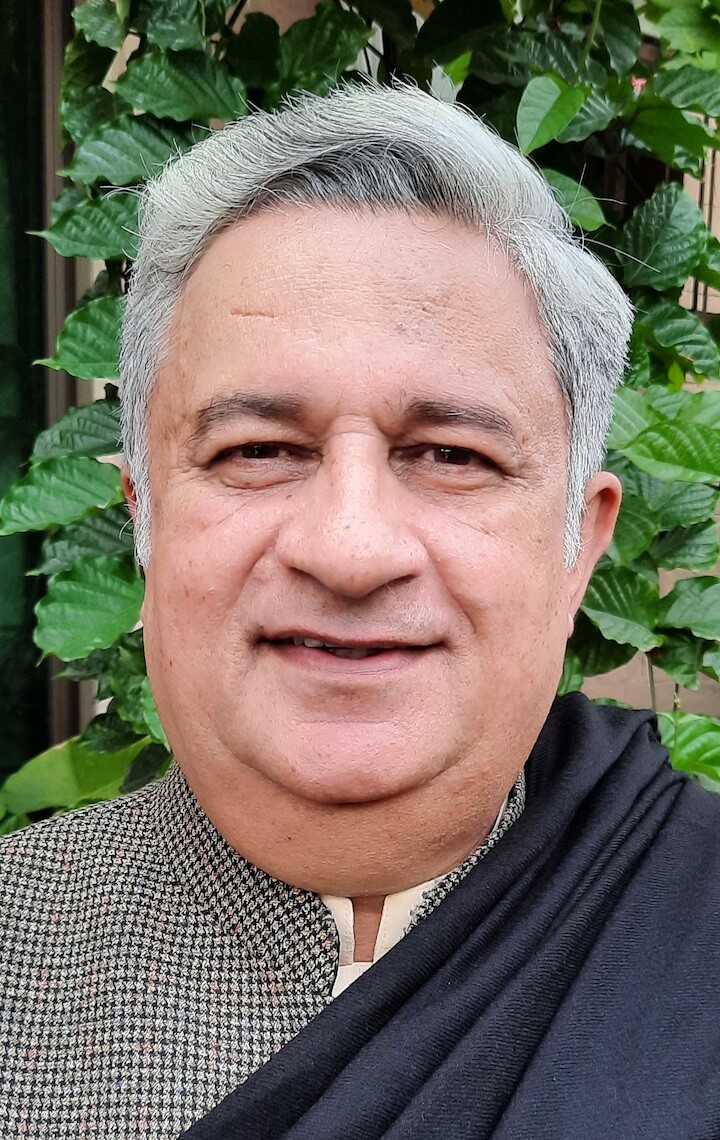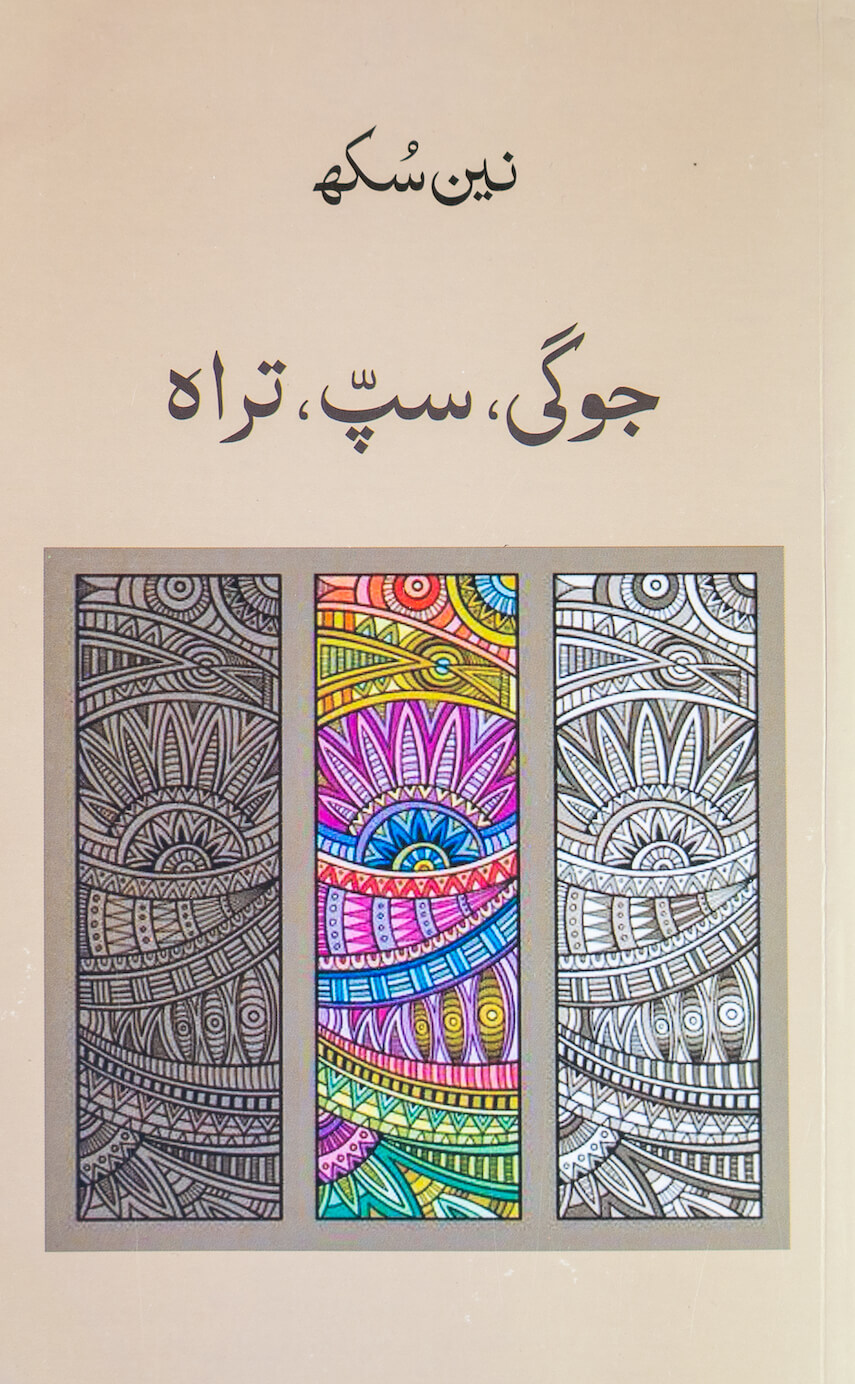
- Publisher: Kitab Trinjan

Jogi, Sap, Trah (‘Snake Charmer’s Fear’) is the latest collection of short stories by the writer. Part history and part cultural anthropology, these stories are nostalgic portraits of the poor people – outcastes, artisans, entertainers – in the undivided Punjab. There are stories within stories while others are micro stories set in the fast-changing west Punjab (Pakistan). Baba Jogi, the protagonist in the title story, is an ‘un-important’ individual. He is a snake charmer skilled at hypnotizing poisonous snakes and entertaining people through the playing of the ‘been’ (a wind instrument played by snake charmers). The hissing snakes in his baskets would frighten the onlookers. His profession was once held in great awe. But now he and others like him find themselves in poverty due to the forces of modernity and urbanization. The writer aptly describes the situation, “Missing the good old days, Baba Jogi sits with his open basket with no snakes in it. Fear upon fear. Eyes and eyes only. With a snake in each eye.” Baba Jogi’s dying is a sad reality of Punjabi society in flux with something old disappearing and something new emerging.
In ‘la Ilah Il Allah’ and ‘Sohg Sohoyee’ confusion over religious identities, belonging, and remembrance of myths, ancient beliefs, rituals, and rites further reveal the vanishing of traditional ways of life in Punjab. In ‘Sohg Sohoyee’ Lilli Faqir takes his son’s dead body to a Maulvi for the funeral prayer. The Maulvi refuses alleging that Faqir and his dead son are not Muslim. Lilli Faqir performs an ancient last rite which was neither Muslim nor Hindu.
Nain Sukh is a rare individual whose writings are highly recognized across national and script boundaries. This collection of stories speaks to his masterful use of folklore, myths, history, songs, and sayings with complex layers of meaning.
“This is a unique book on the ‘real’ or ‘original’ inhabitants of Punjab. A literary milestone in Punjabi. These stories are a brilliant and non-religious celebration of Punjabi heritage and rich cultural traditions.”
-Central Jury
